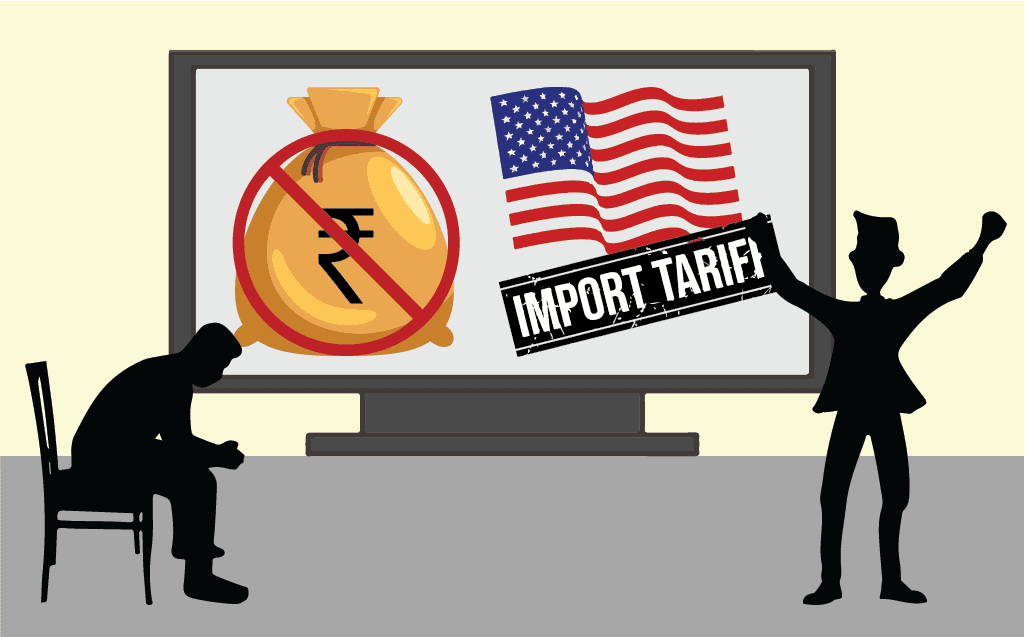In politics, headlines often become history. But those who read between the lines know better. Every bold policy move—whether domestic reform or international posturing—comes packaged with a neat, digestible narrative meant for mass appeal. The public hears stories of justice, progress, and patriotism. The strategist, however, hears a different message: one of precision, leverage, and control.
Let’s be clear—narratives are not lies. They’re strategic simplifications. But when you scratch beneath the surface, the real game comes into view. The lesson? Don’t stop at what you're told a policy does. Look at what it actually achieves. Because that’s where the real intent lies.
The Case of Demonetisation: A Textbook Strategic Detonation
India’s 2016 demonetisation is one of the most striking examples of narrative-versus-outcome strategy in recent history. Overnight, ₹500 and ₹1000 notes—constituting 86% of the currency in circulation—were declared invalid. The official narrative? A dramatic crackdown on black money, counterfeit currency, and corruption. It was a high-drama move, sold with urgency and nationalistic fervor.
The actual outcomes, however, tell a different story.
While some cash was certainly removed from illegal hands, no significant long-term blow was dealt to black money. Most of it was either real estate-bound, parked in gold, or already overseas. In fact, 99% of the demonetised cash found its way back into the system.
So was it a failure?
Not at all—if you understand the real goals.
What Demonitisation Actually Achieved:
- It disrupted cash-based electioneering just in time for major state elections like Uttar Pradesh. By squeezing out liquid cash from the system, it stymied “cash-for-vote” practices—an invisible but crucial lever in political campaigning.
- It forced a massive population into the formal banking system. Millions opened Jan Dhan accounts overnight. The government’s digital push—UPI, Aadhaar linkage, GST—got a massive tailwind. What couldn’t be achieved in years of financial inclusion efforts was suddenly accelerated by a single policy nuke.
The takeaway? Demonetisation wasn’t just about black money. It was about systemic shift. The narrative won public sentiment. The outcomes served strategic purpose.
Trump’s Tariff Wars: Economic Policy or Political Weapon?
Cross over to the United States, and you find a similar example—this time wearing the armor of nationalism.
Donald Trump’s trade war with China was marketed as a bold move to level the playing field, punish unfair practices, and revive American industry. It was framed in emotionally resonant terms: “America First.” Patriotic. Tough. Just.
But zoom out, and the actual impact gets murkier.
Yes, tariffs did cause some companies to rethink supply chains. But there were also unintended consequences—higher prices for American consumers and disruptions for U.S. manufacturers reliant on imported inputs. The trade deficit with China? Still large. The net gain for American workers? Debatable.
But Politically?
It energized Trump's protectionist voter base. He didn’t need to "win" the trade war in economic terms. He only needed to fight it loudly and visibly. It became a symbol of strength, sovereignty, and defiance—a tool to galvanize support and deepen ideological loyalty.
It reframed globalisation not as an economic inevitability, but as a choice that could be renegotiated—on Trump’s terms.
So again, the question: Was the goal really economic balance? Or was it narrative warfare to consolidate domestic power?
The Strategic Rulebook: Don’t Follow Words, Follow Outcomes
Once you start viewing policies through the lens of outcomes—not press releases—an entirely different world comes into focus.
Environmental regulations? Sometimes used to protect ecosystems. Other times, a means to exert control over industrial groups or reward green-aligned sectors.
Education reform? Ostensibly about quality. But often about ideological control over curricula.
Infrastructure projects? Not just about development—they can reshape electoral maps, consolidate rural vote banks, or cement local patronage networks.
This isn’t cynicism—it’s realism. And it’s how strategic governance works.
Why the Masses Get the Narrative
Governments don’t explain their real strategies. They can’t. Imagine announcing demonetisation as a way to choke political rivals. Or pitching tariffs as a vote-rallying tactic. It wouldn’t work. The public needs a reason to care. A purpose to believe in. That’s where narratives come in.
Narratives are emotional glue. They make complex policy accessible. They offer moral clarity in a world full of trade-offs. And in democratic politics, moral clarity wins elections.
But for Strategists, Only Outcomes Matter
If you're a policymaker, a business leader, or even just a politically aware citizen, you can’t afford to get lost in the headlines. You need to track impact:
What shifted on the ground?
Who gained or lost power?
What new systems or behaviors emerged?
What narrative was used, and why now?
These are the questions that decode real intent.
In Summary:
Every public policy is a layered construct. The narrative is the wrapper. The strategy lies inside. And the outcome? That’s the only truth you can measure.
So the next time a government rolls out a sweeping reform or dramatic announcement, pause. Don’t react to the headline. Wait. Watch. Track what actually changes.


